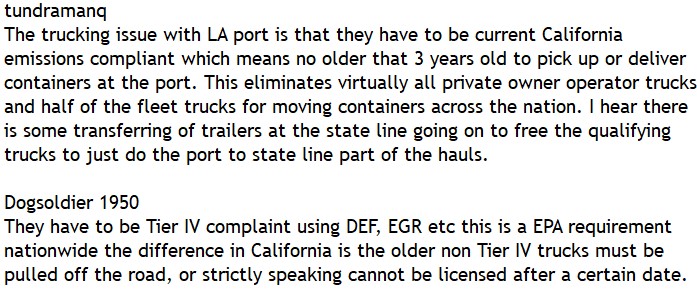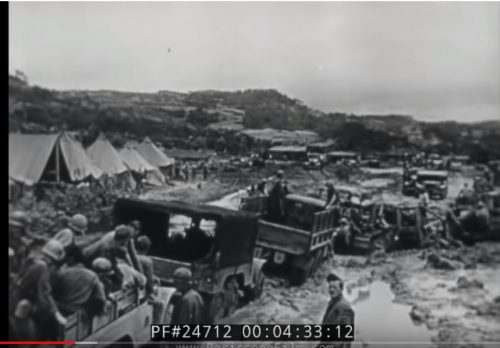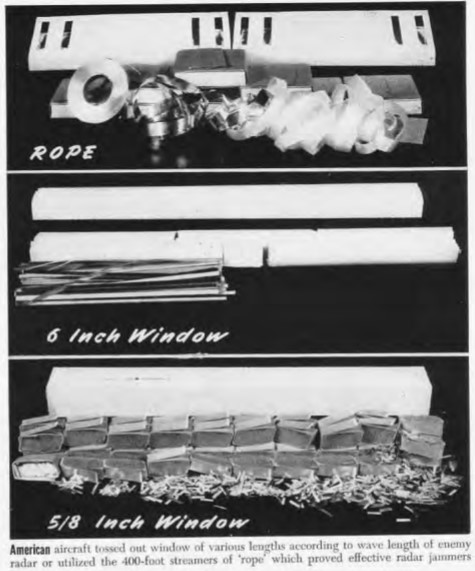
@mercoglianos @ltgrusselhonore The origin of just-in-time was with the Japanese. They sourced every down level vendor for an auto factory in the same city and worked to get stable relationships to eliminate as much as possible transaction costs.
When the ISO box came plus massive computer ordering systems
1/
When the ISO box came plus massive computer ordering systems
1/
@mercoglianos @ltgrusselhonore ...first retail and then increasingly manufacturing companies tried to make the ISO boxes their warehouses both to save costs and to avoid property taxes on warehouse stock.
The issue is this wasn't cost reduction as much as cost shifting.
2/
The issue is this wasn't cost reduction as much as cost shifting.
2/
@mercoglianos @ltgrusselhonore Continental or intercontinental sized supply chains are about avoiding measurable costs.
There are always disruptions in large supply chains that result in mistimed deliveries of parts that result in the production of Mfg goods w/o those parts.
The extra time required to
3/
There are always disruptions in large supply chains that result in mistimed deliveries of parts that result in the production of Mfg goods w/o those parts.
The extra time required to
3/
@mercoglianos @ltgrusselhonore ...install them out of station is almost never measured unless there is overtime required to meet scheduled delivery dates.
Both that & extra warrantee/repair cased by out of station installations is never allocated back to J-I-T "cost saving."
4/
Both that & extra warrantee/repair cased by out of station installations is never allocated back to J-I-T "cost saving."
4/
@mercoglianos @ltgrusselhonore You are the metrics you measure.
J-I-T works on a city scale vendor geography.
You have to willfully ignore a lot of costs to make a corporate business model on J-I-T larger than city scale.
5/
J-I-T works on a city scale vendor geography.
You have to willfully ignore a lot of costs to make a corporate business model on J-I-T larger than city scale.
5/
@mercoglianos @ltgrusselhonore And we are now living the reality of the megacorporate global J-I-T model collapsing due to it's internal inconsistencies just like the Soviet union collapsed for the same reasons.
/End
/End
@mercoglianos @ltgrusselhonore @threadreaderapp unroll please
• • •
Missing some Tweet in this thread? You can try to
force a refresh



















